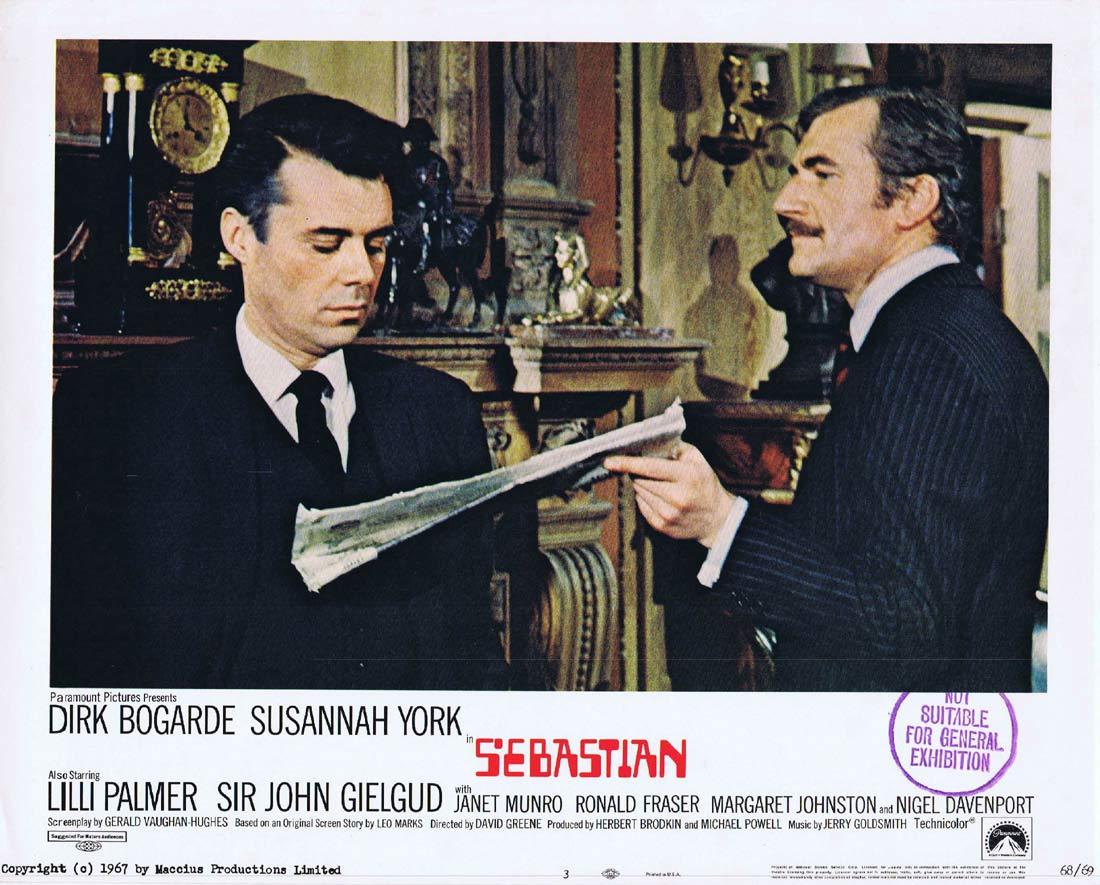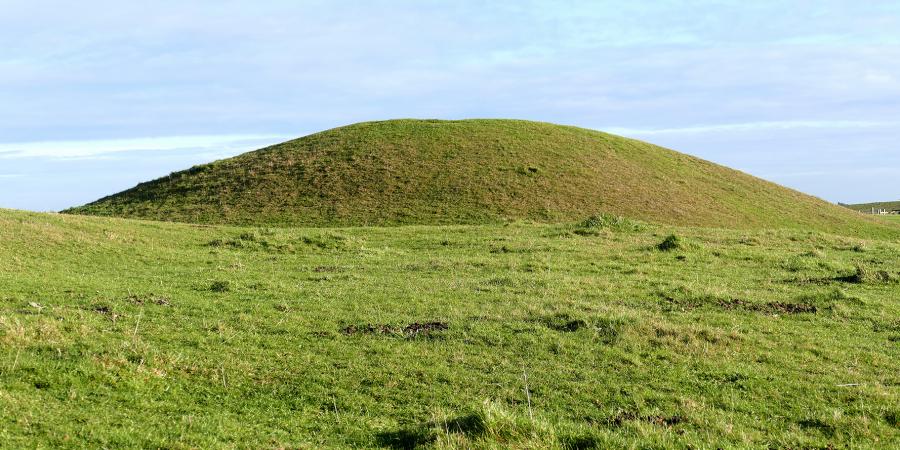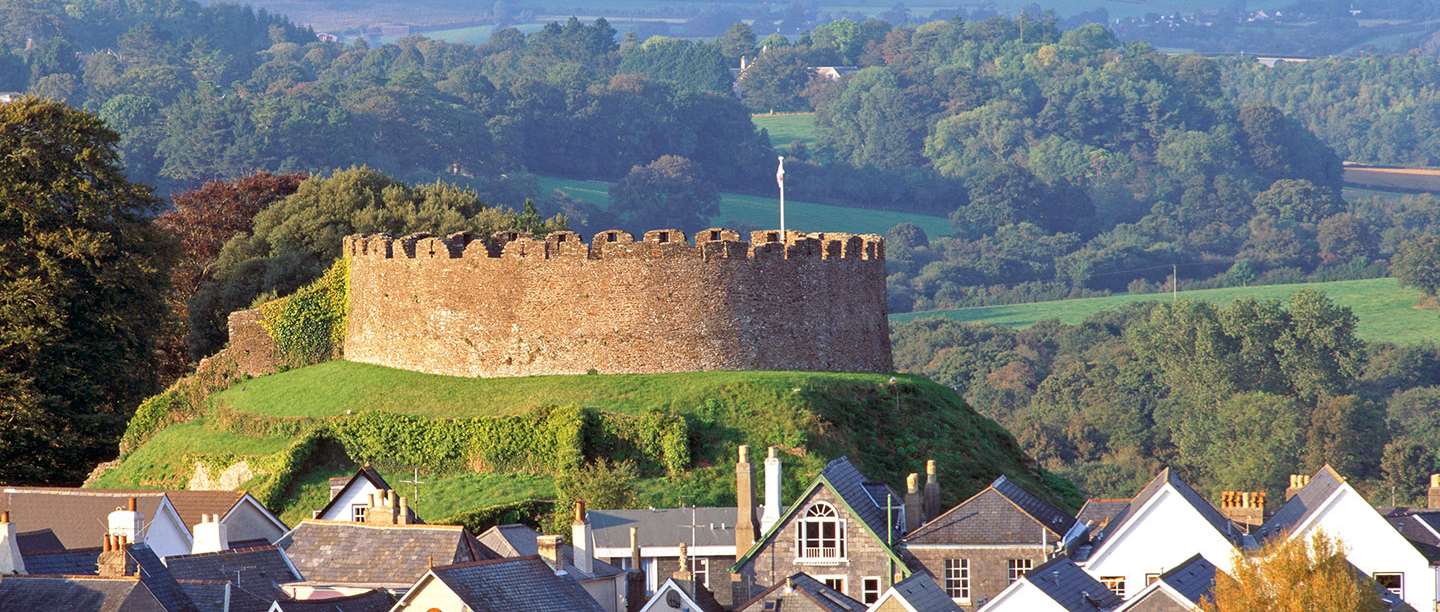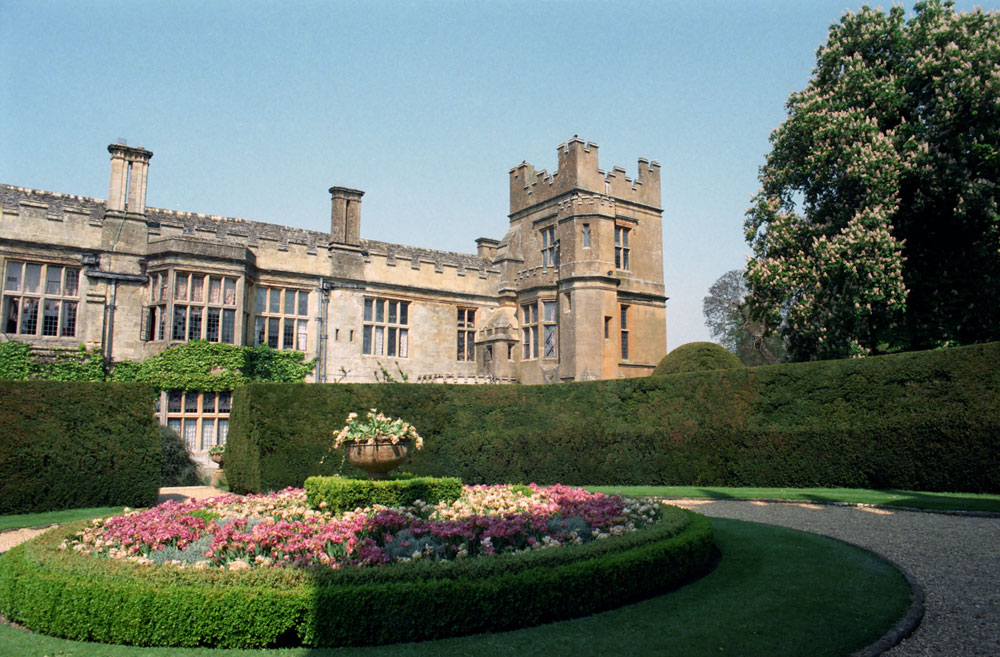Sebastian is a 1968 cold war thriller from Paramount British, starring Dirk Bogarde and Suzannah York as Oxford-based codebreakers who fall in love. However, Sebastian’s (Bogarde) superiors take an interest after one of his subordinates is suspected of being a double-agent. Donald Sutherland has a small part as an American spy.
The story was by former cryptographer Leo Marks, who had previously written Peeping Tom for Michael Powell. Powell had initially been attached to direct, but Peeping Tom had been so controversial that even eight years later, his name was considered toxic. Eventually, the director’s job went to David Greene, a former member of the Oxford Playhouse repertory theatre. Powell stayed on as a producer, and the screenplay was extensively rewritten by TV writer Gerald Vaughan-Hughes., with Marks only receiving a story credit.
The film received lukewarm reviews upon its release, with a common criticism being that it was three films in one – a codebreaking story, a love story, and a story about the unmasking of the double-agent. Bogarde, who was famously unenthusiastic about promoting his films, agreed to several interviews for US media outlets – but only because he had been on holiday there and ran out of money! Paramount agreed to pay for his plane fare home on the condition that he helped promote the film there.
The promotion does not seem to have done much good. Whilst the film was made in the era before detailed box office records were kept, it does not appear to have been a success. However, it may have something to offer Oxford location-spotters.





